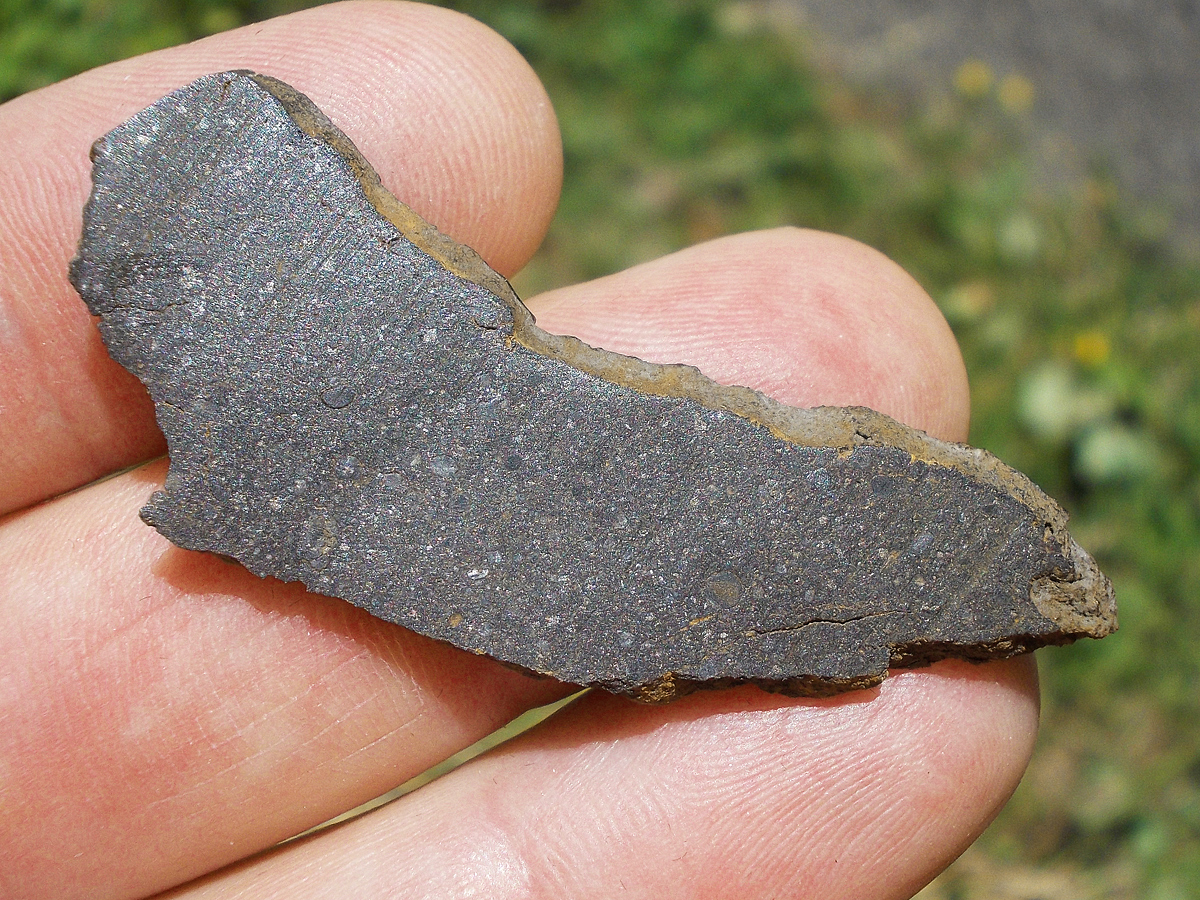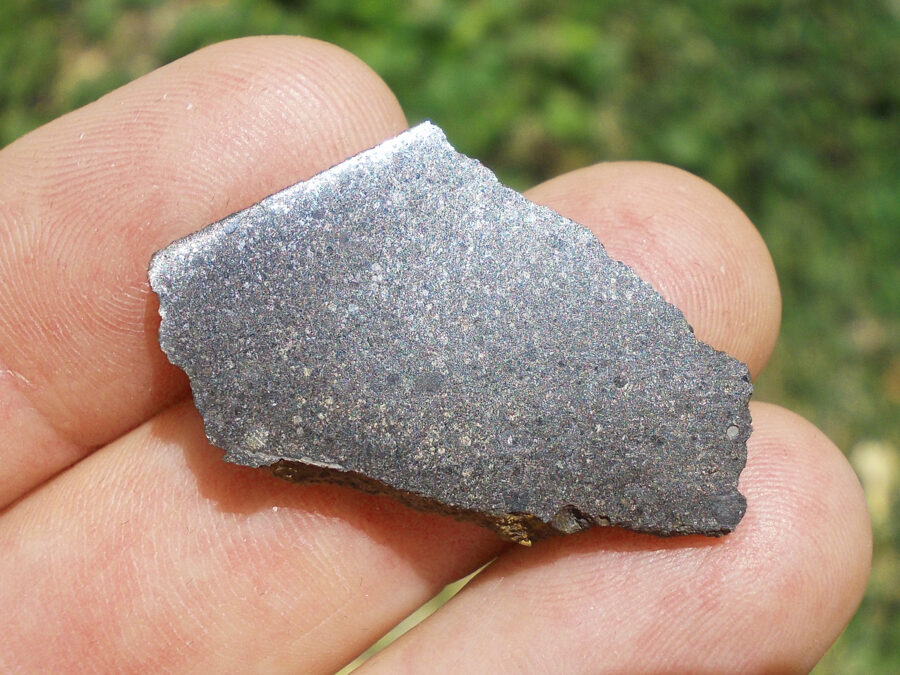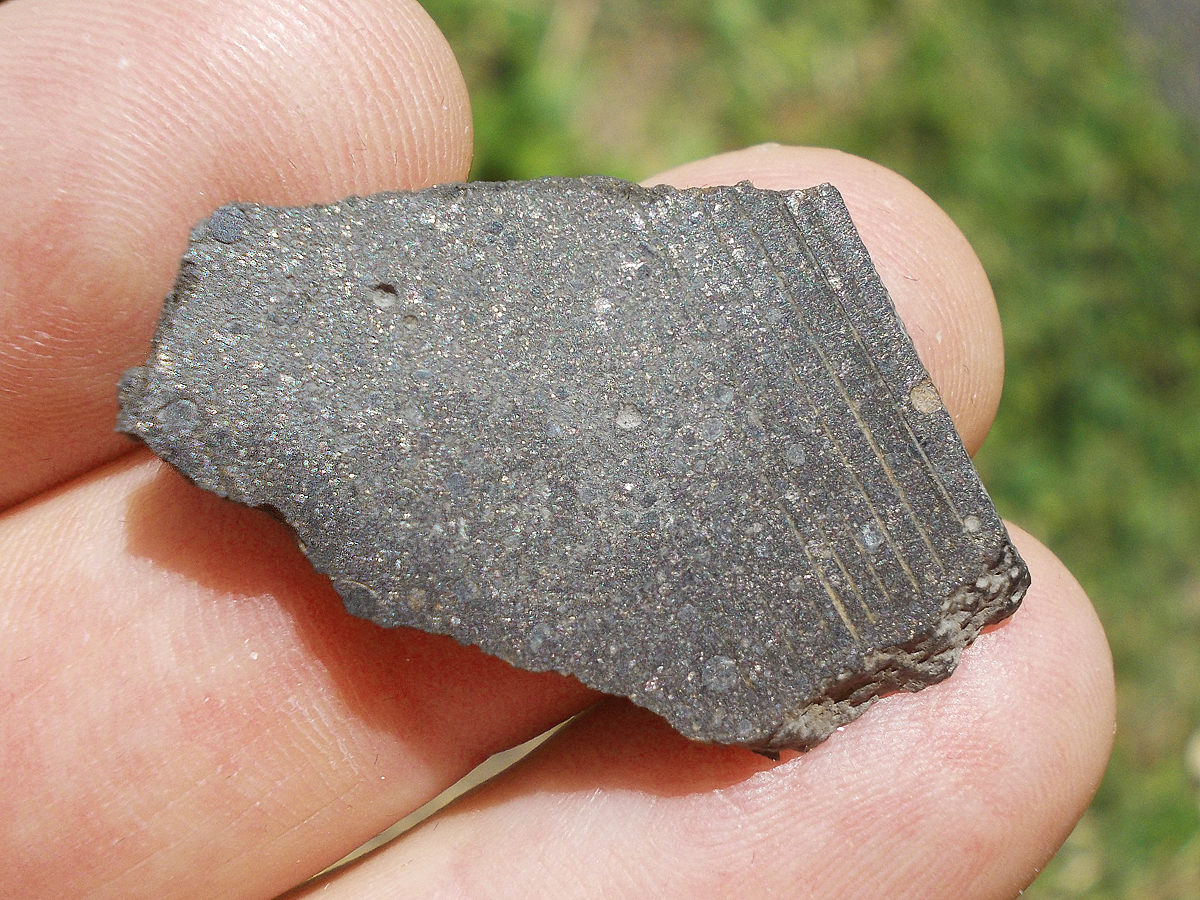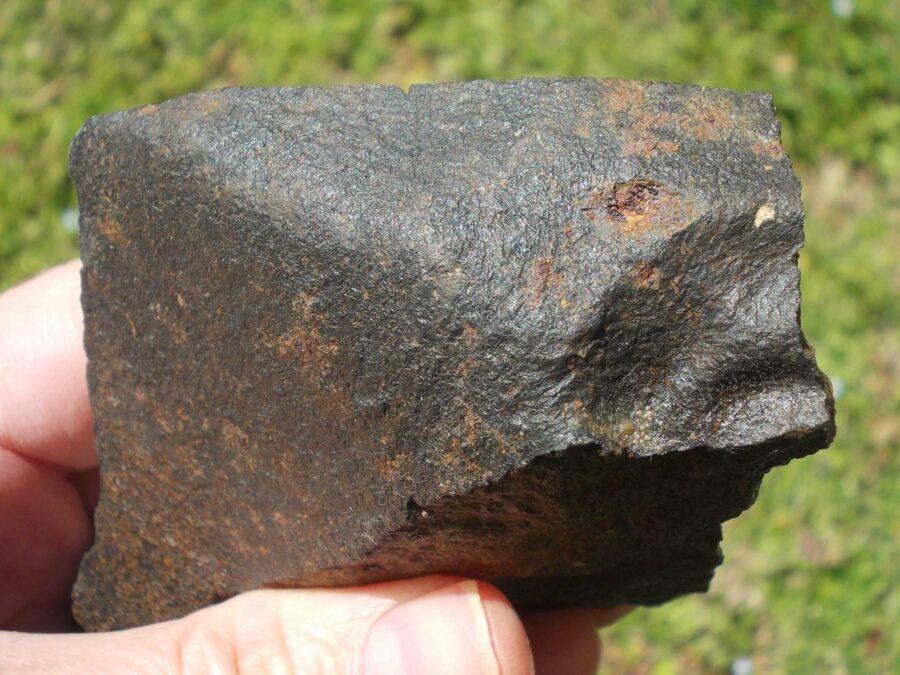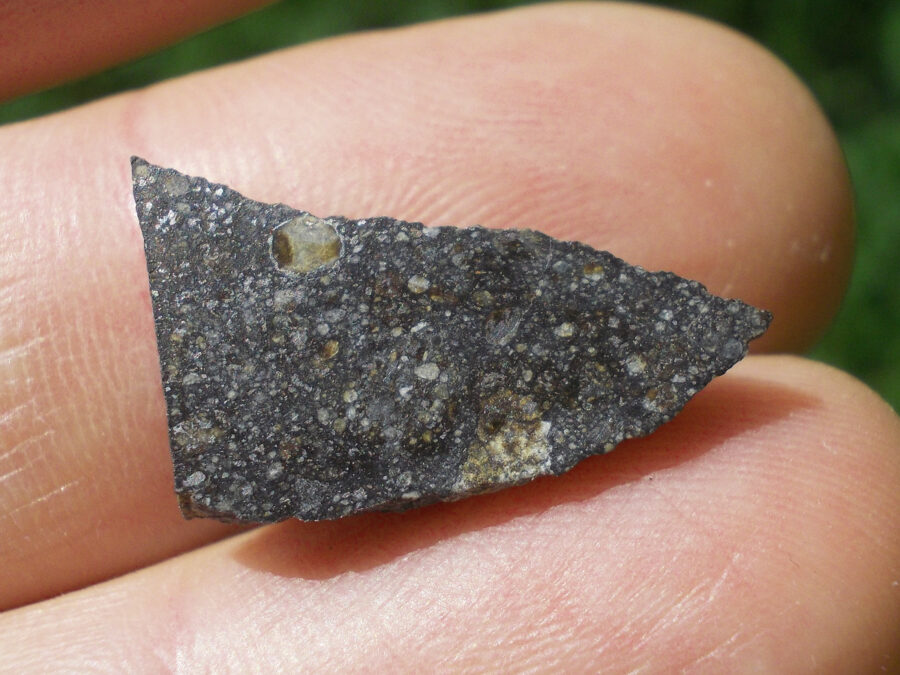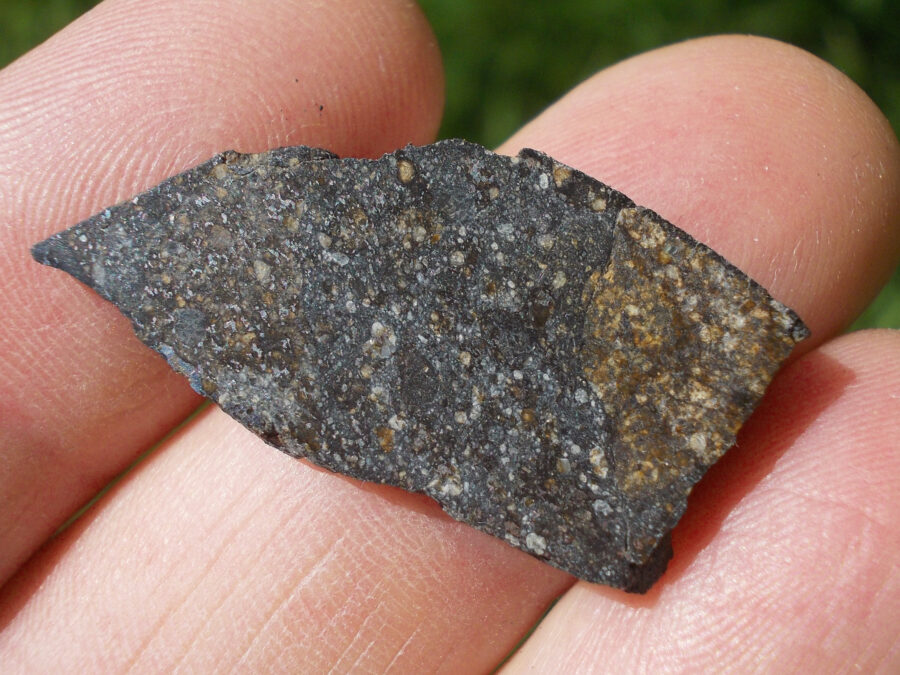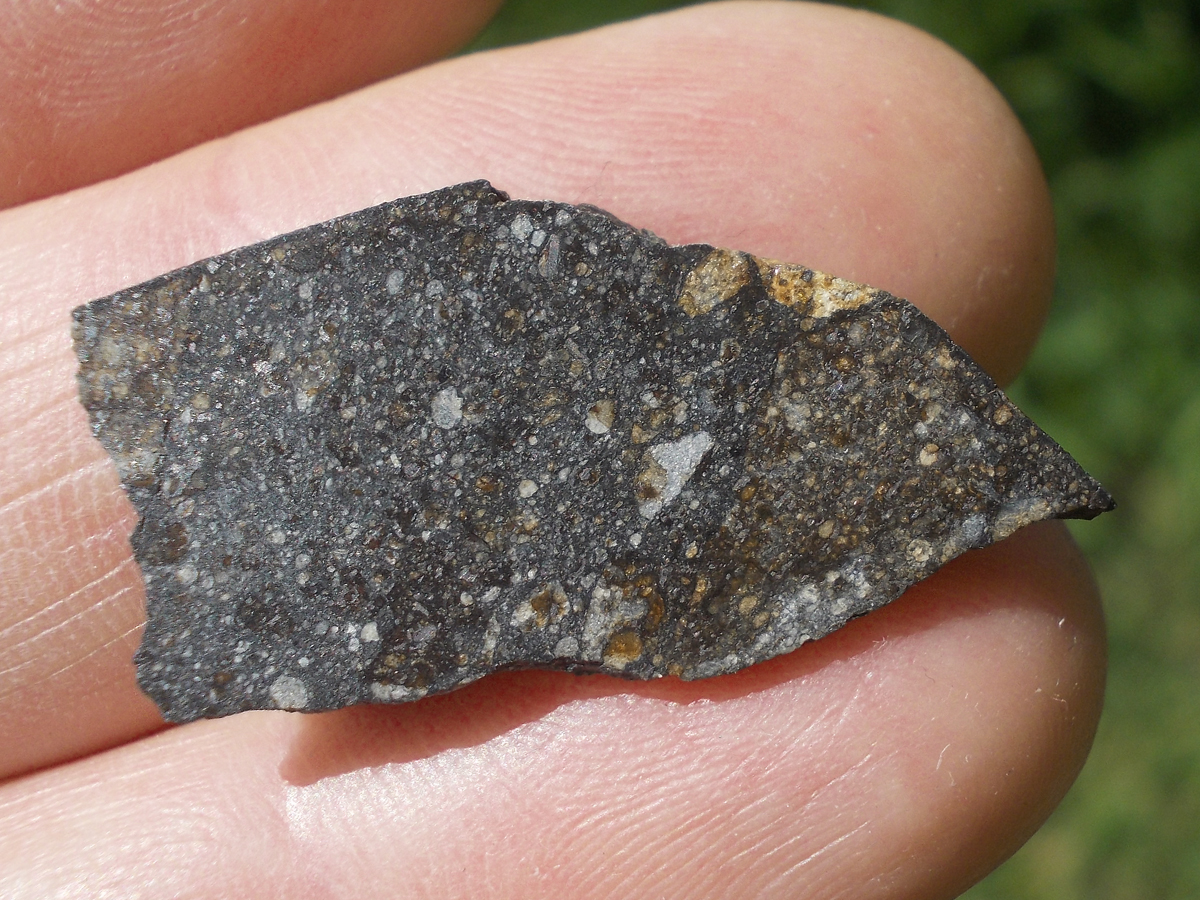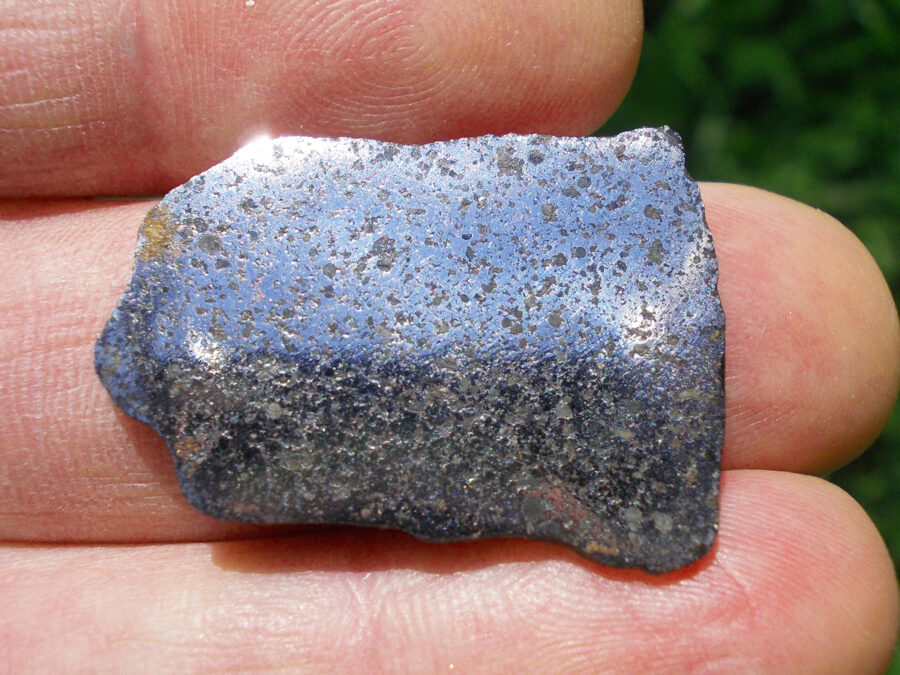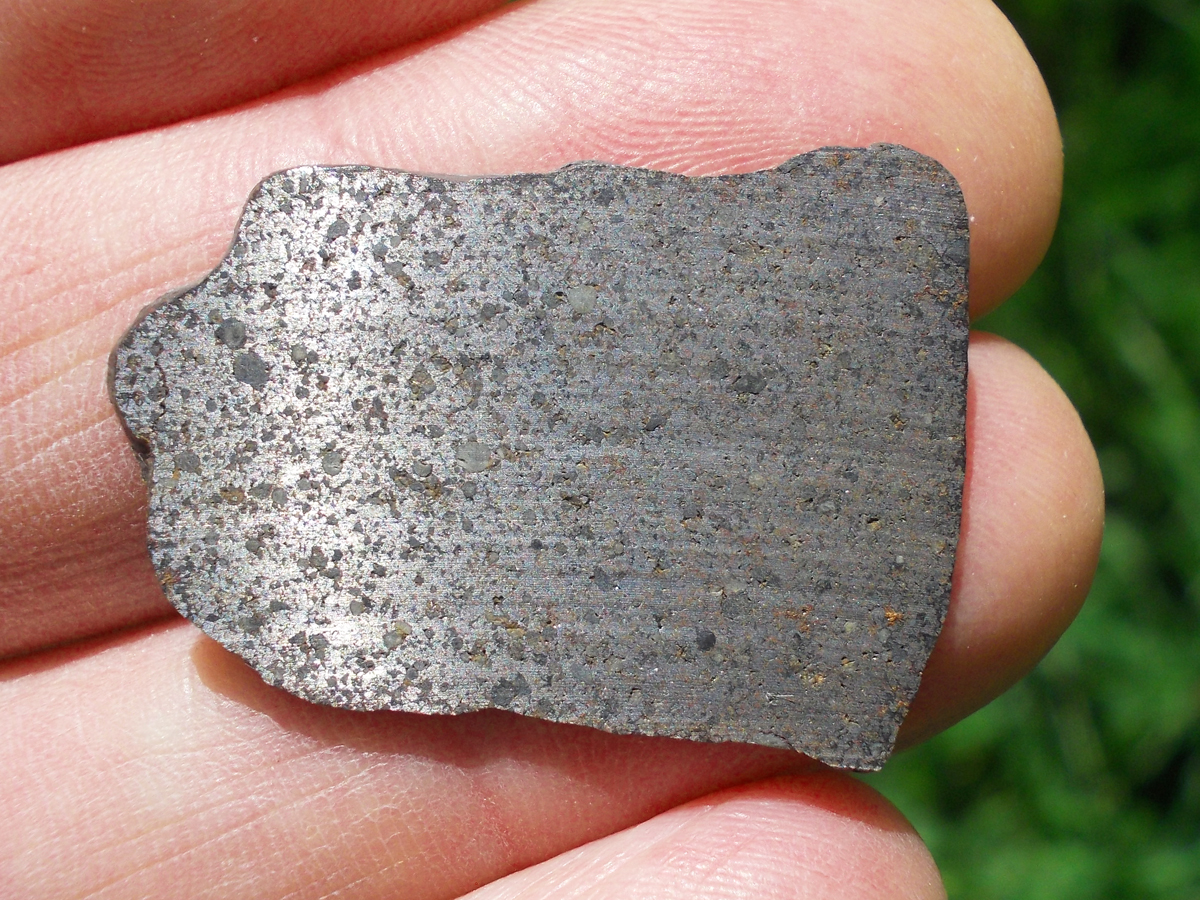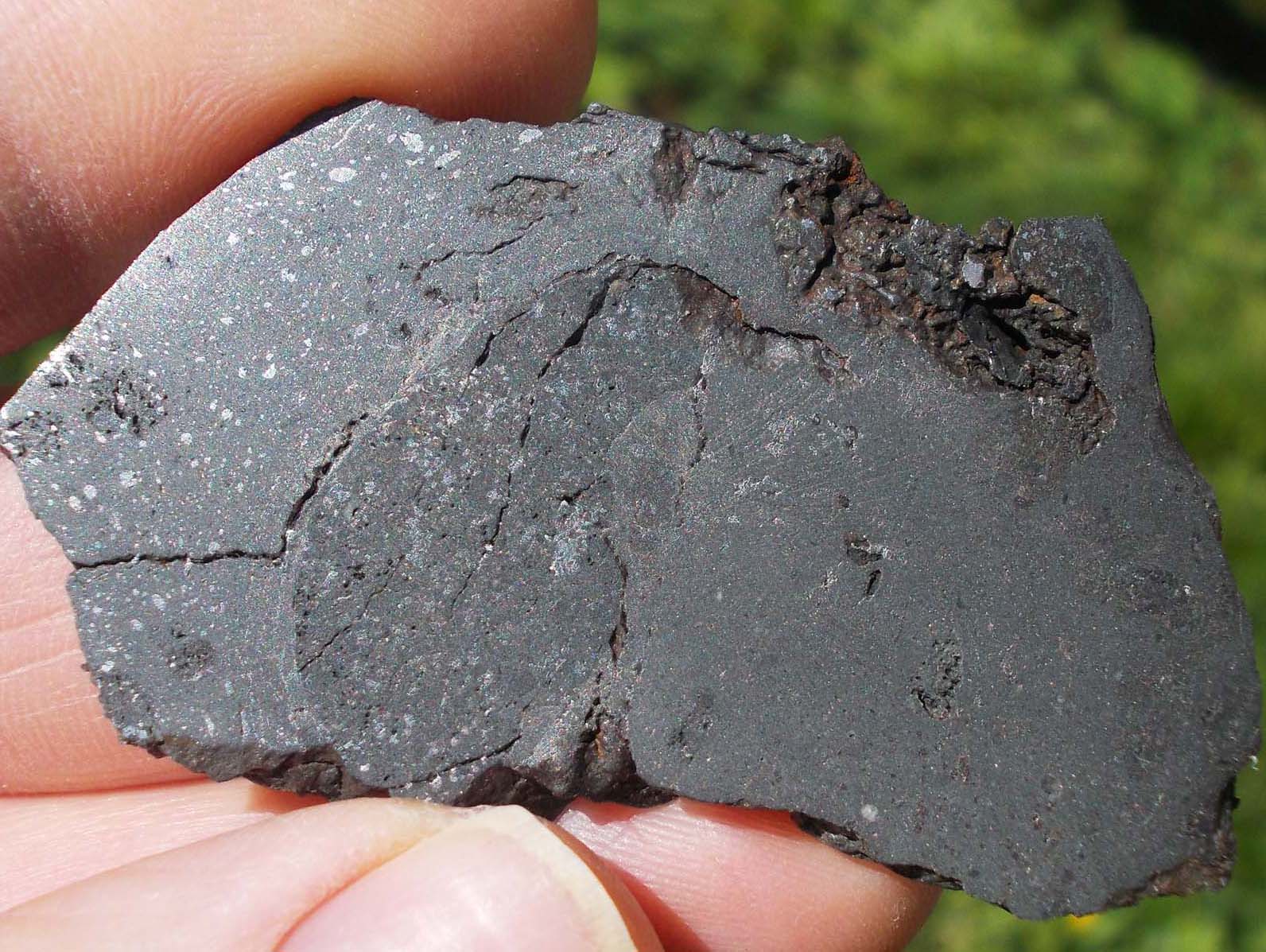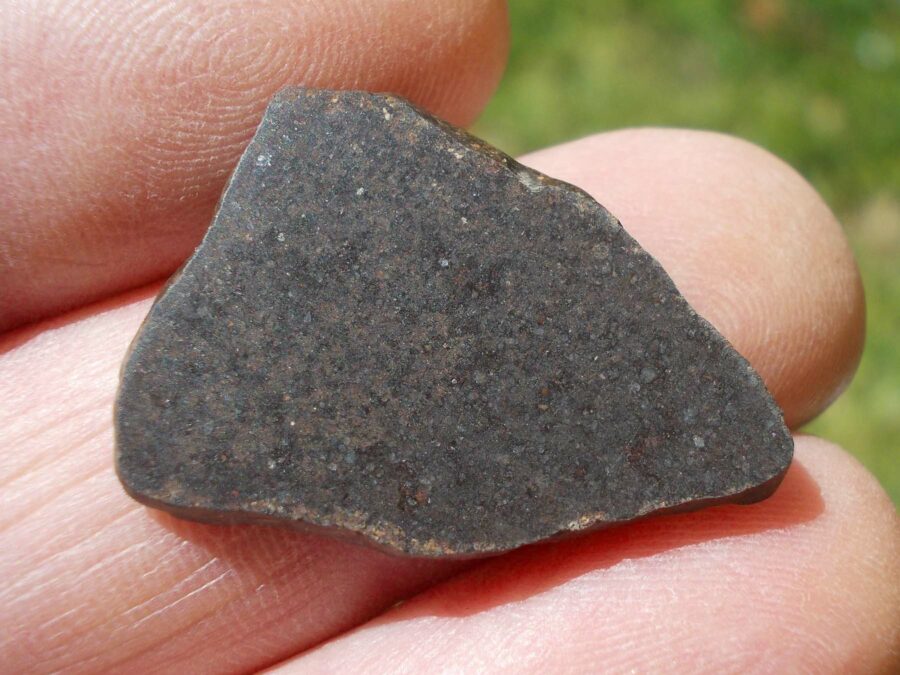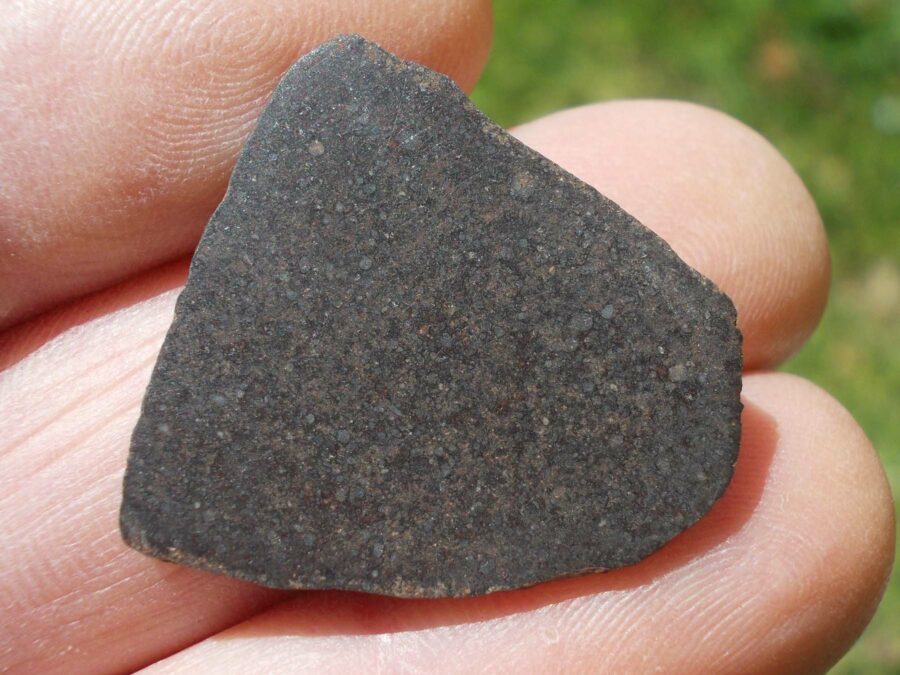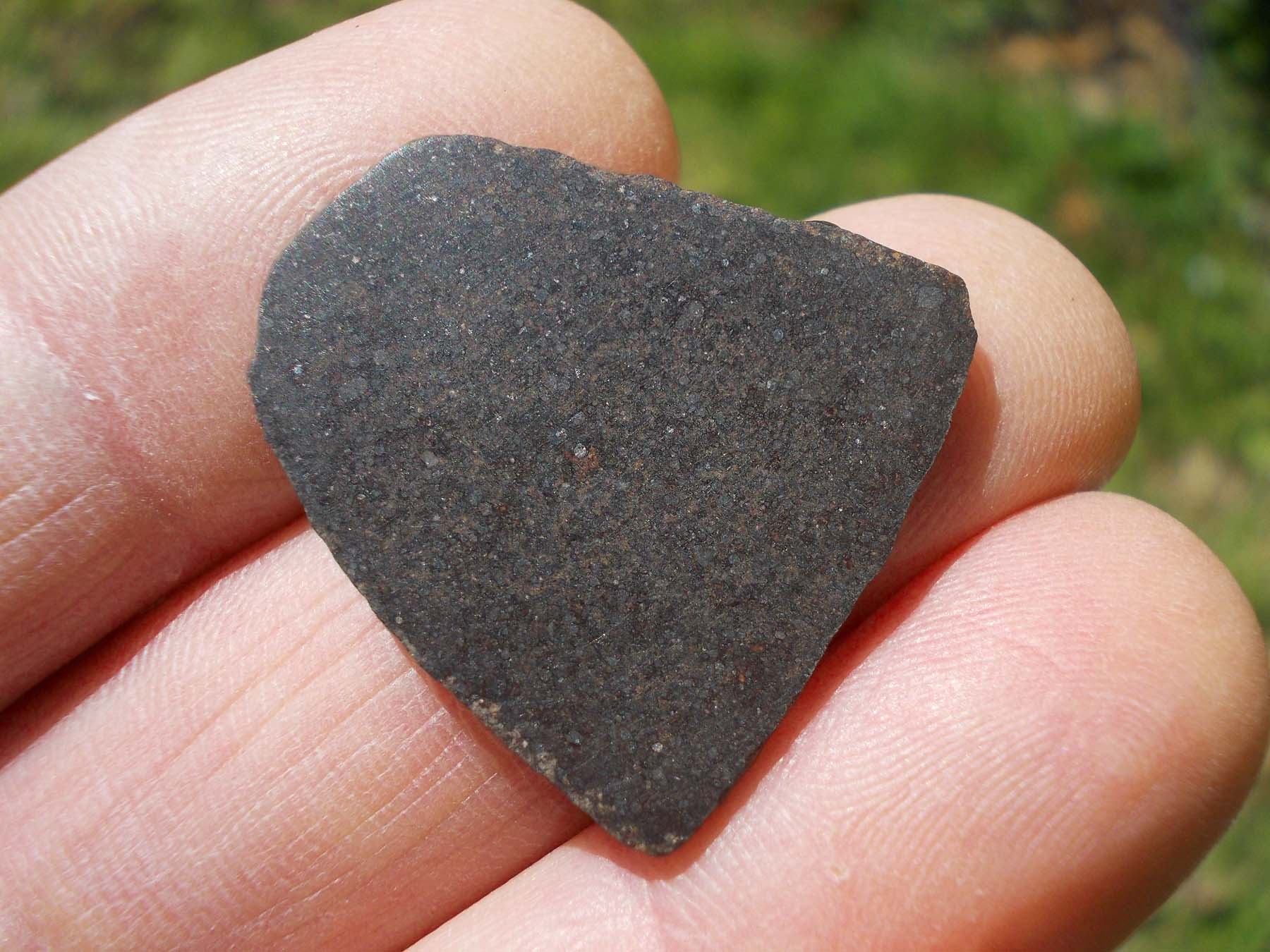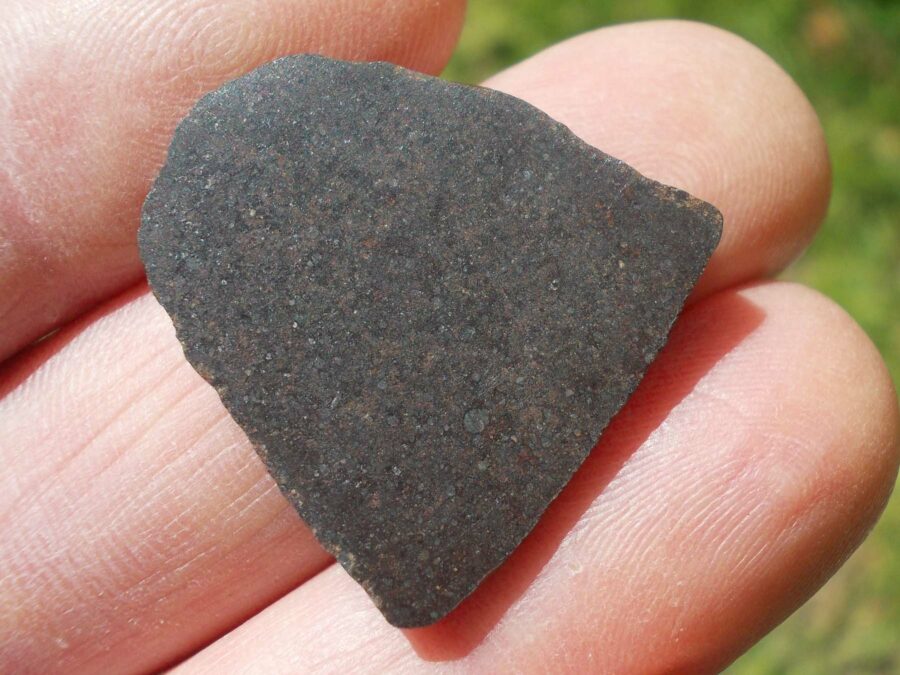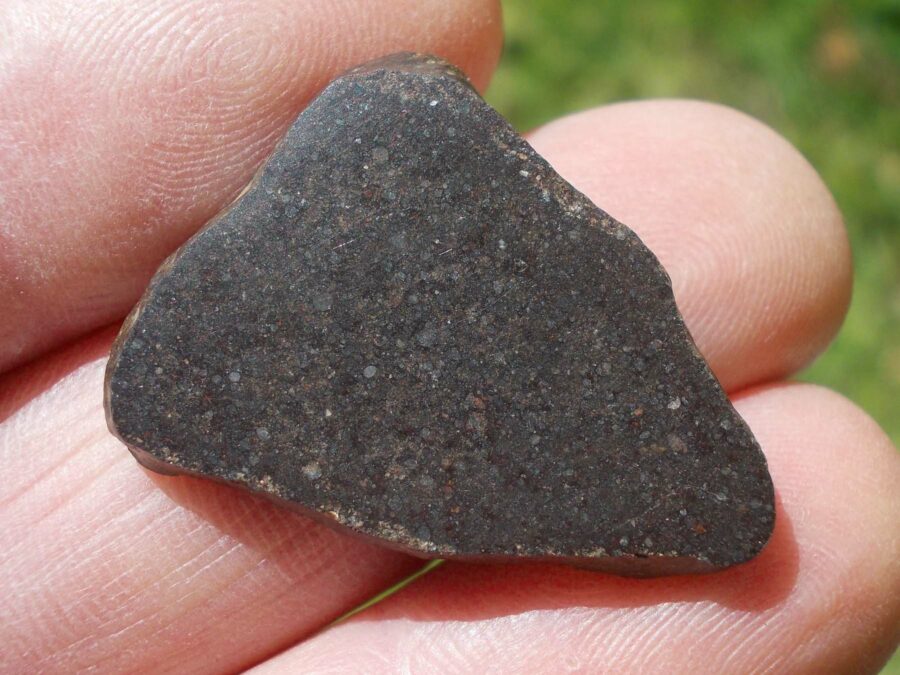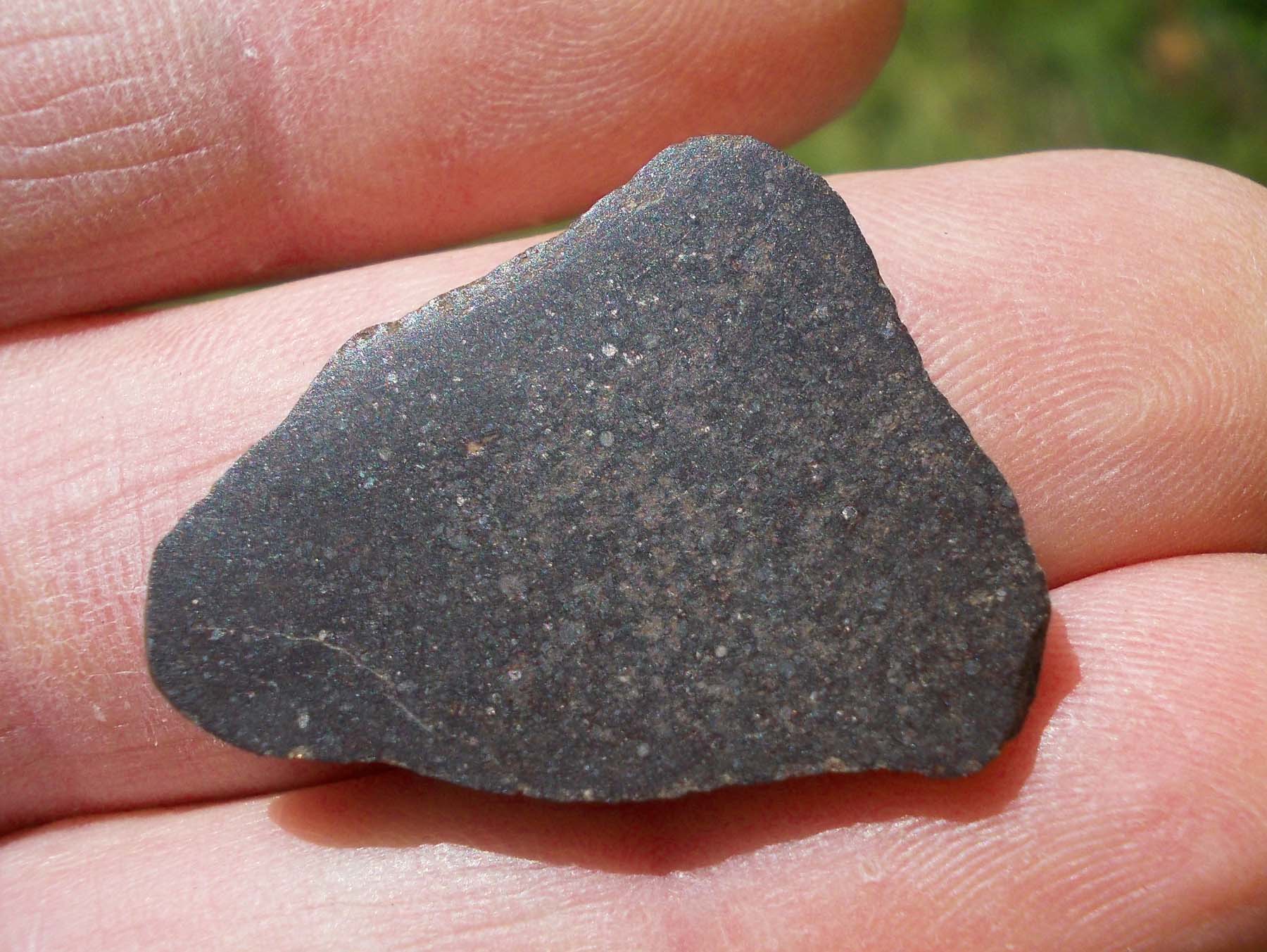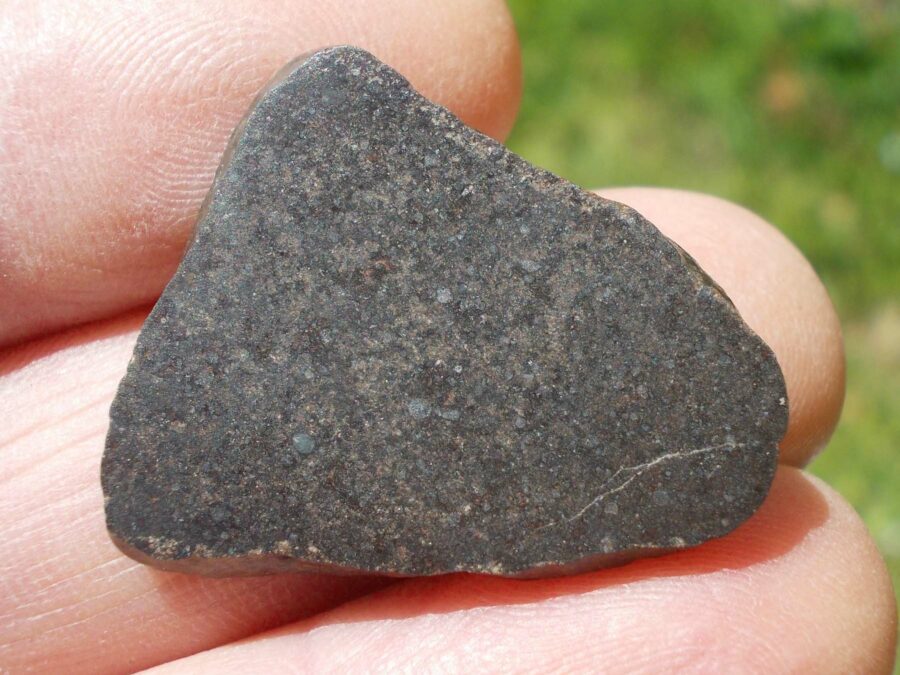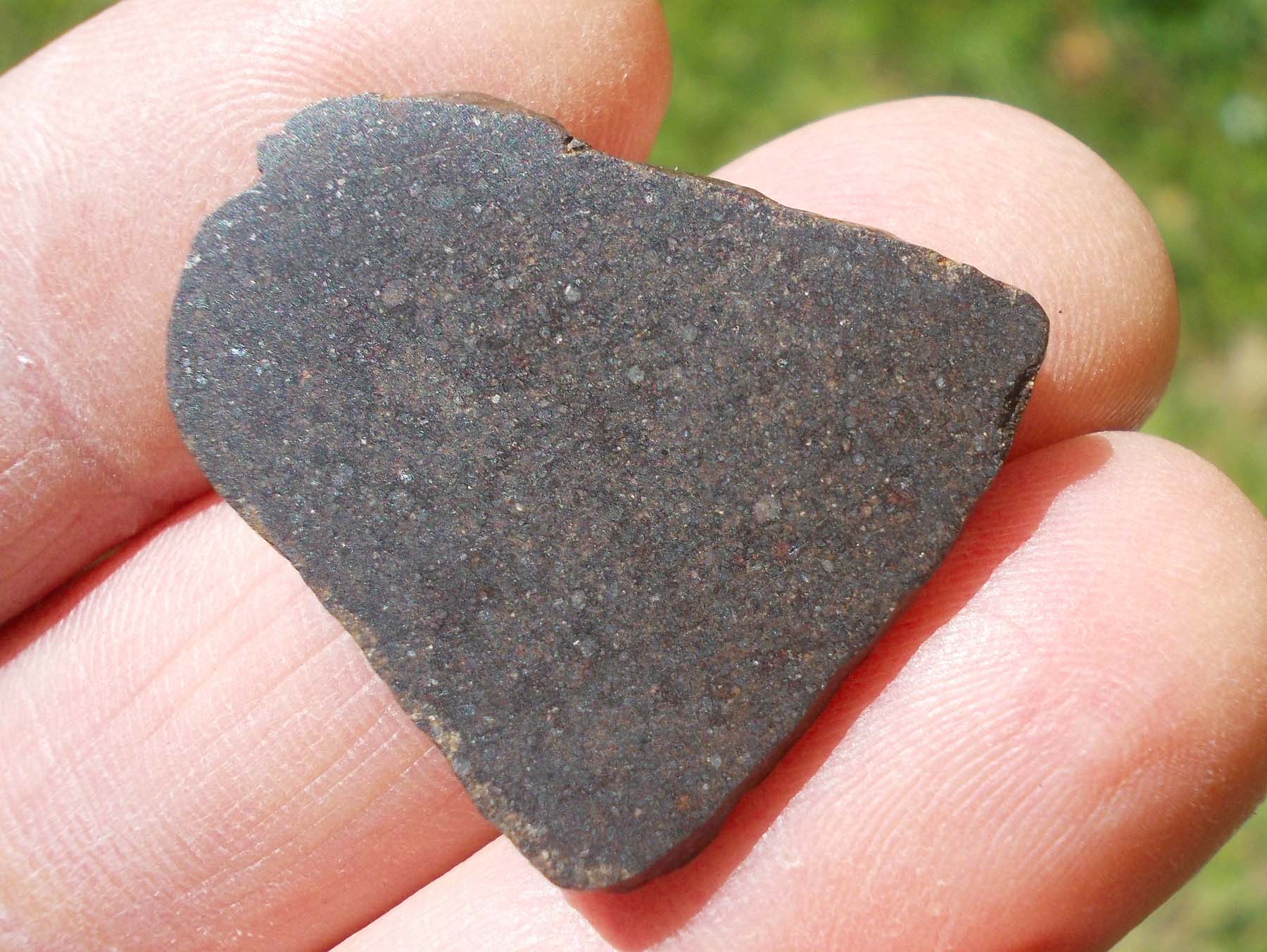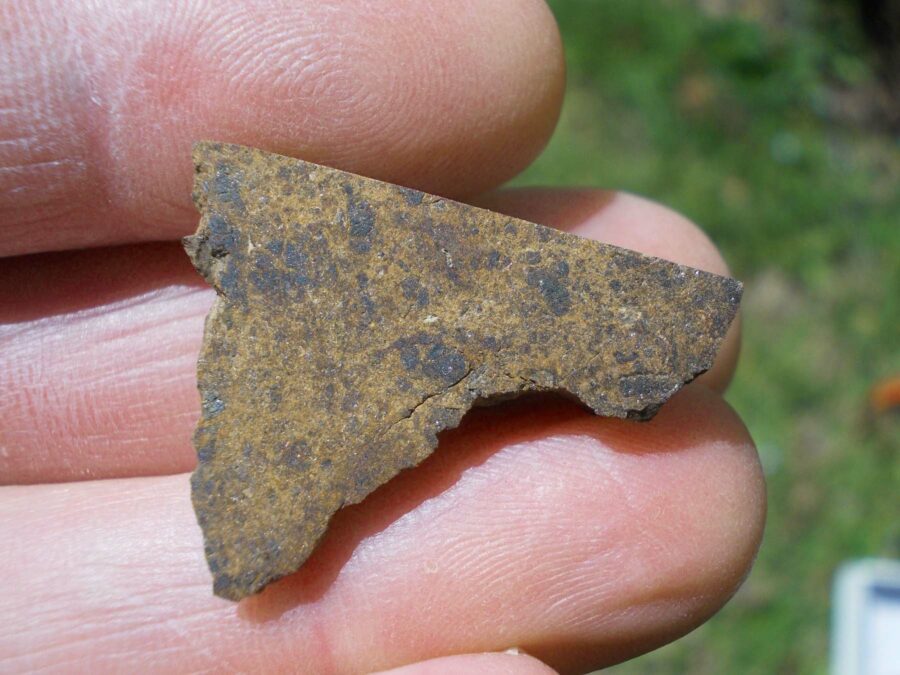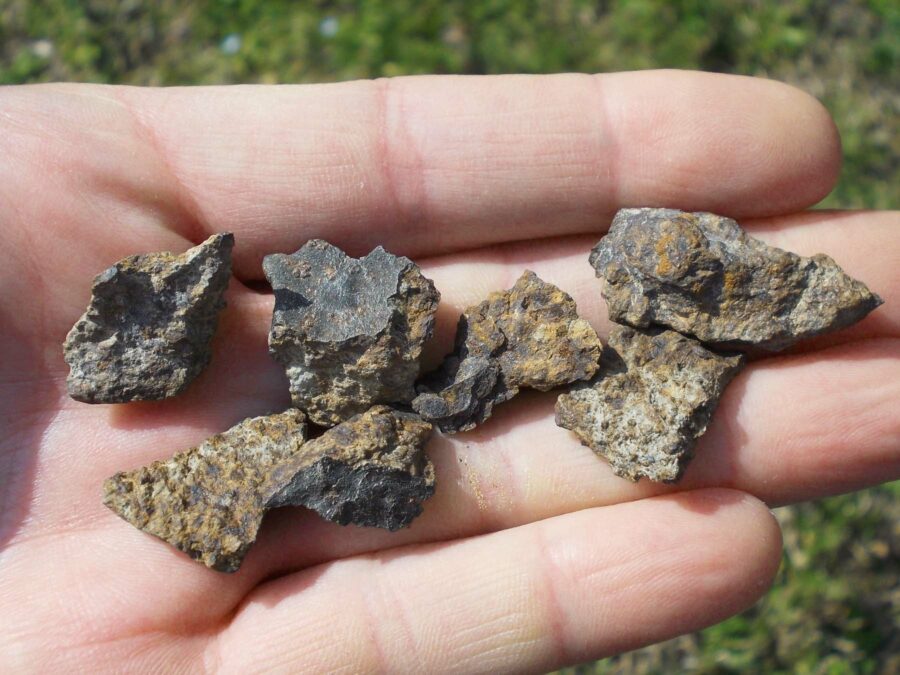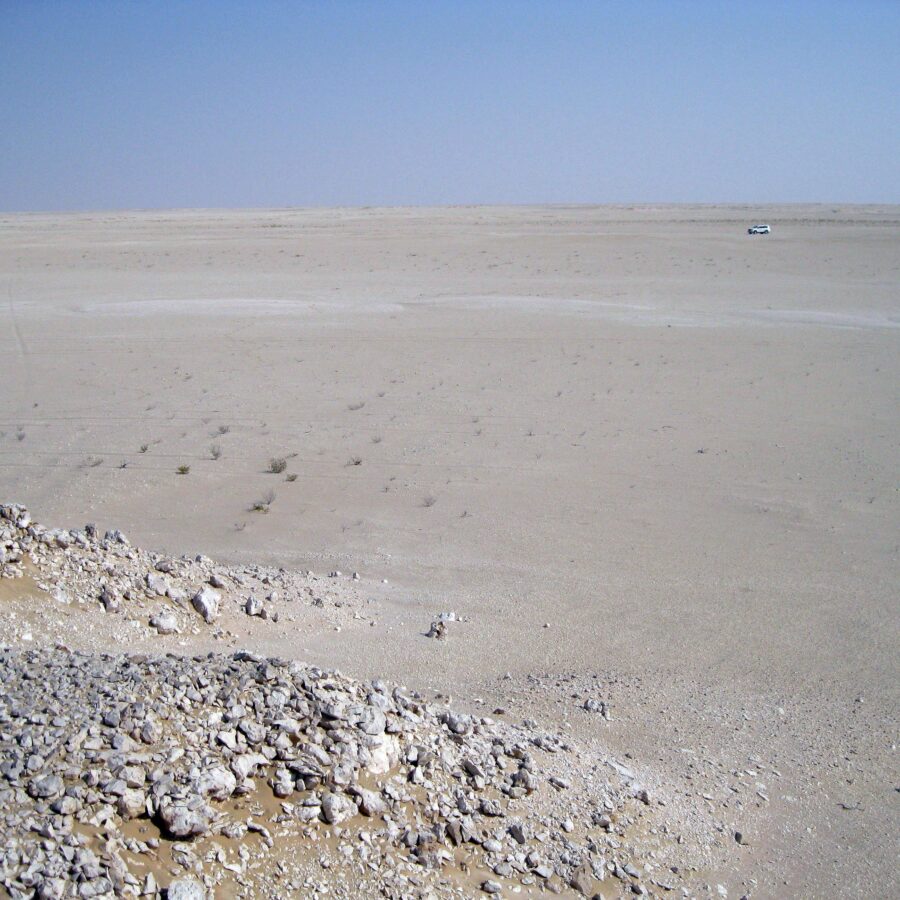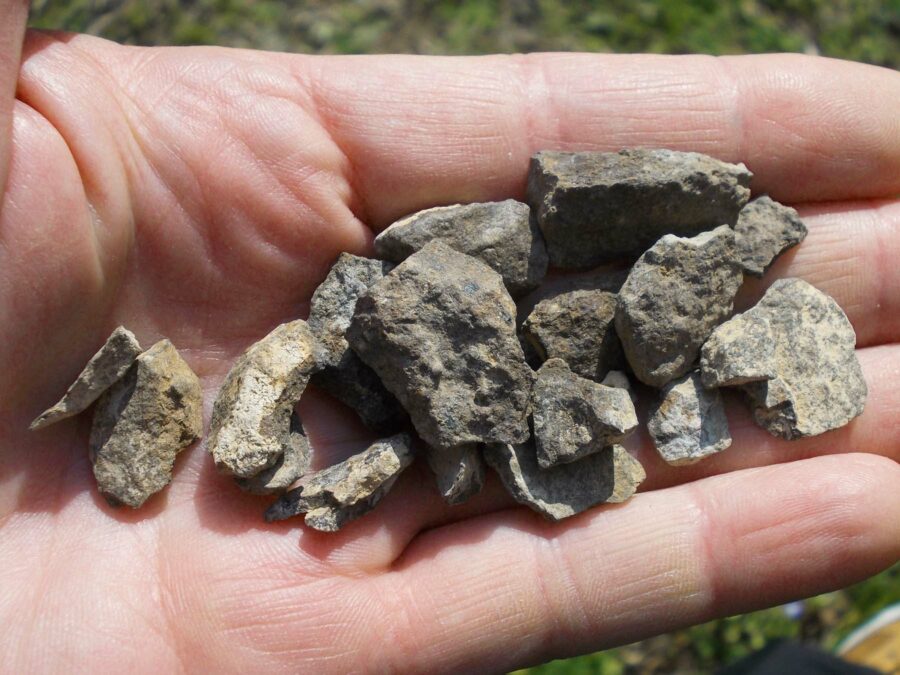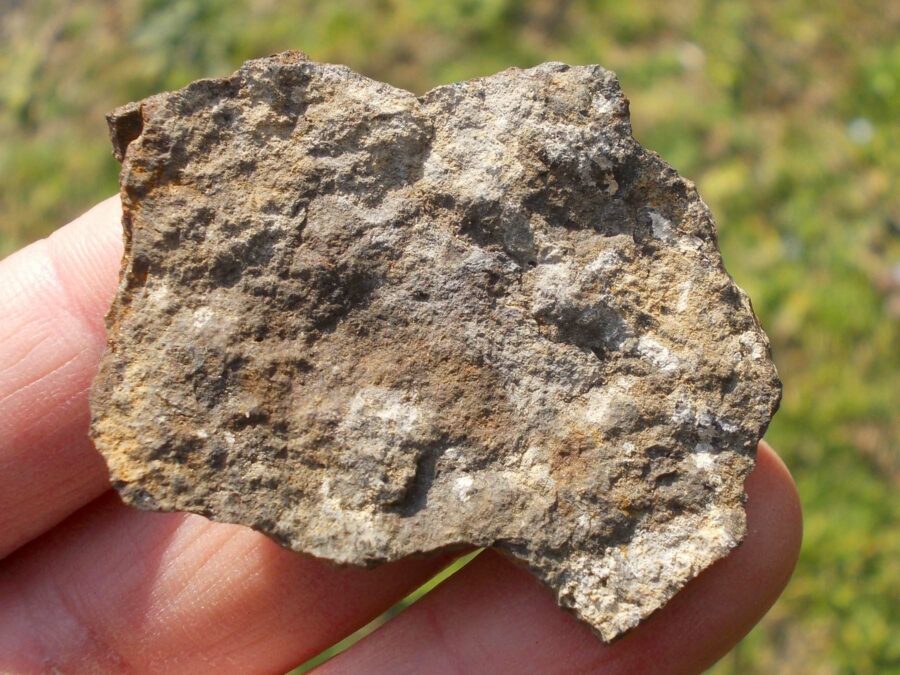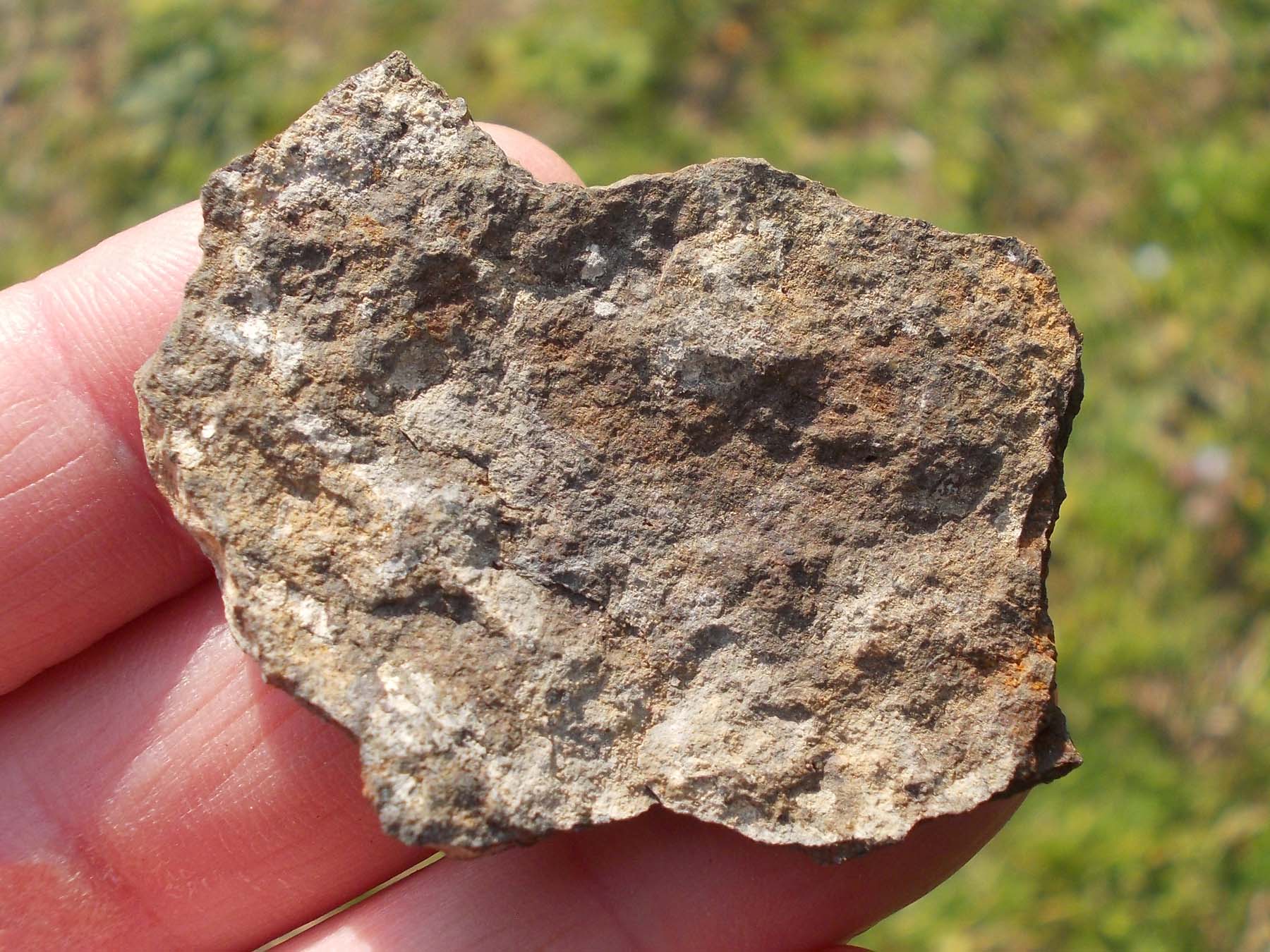NWA 14425 Enstatite EH3 #2 – 5,72 g
124,85 $NWA 14425 is an enstatite chondrite meteorite, classified EH3.
This metal-rich meteorite is hard to find on the market.
Writeup from MB 111 :
Northwest Africa 14425 (NWA 14425)
(Northwest Africa)
Purchased: 2021 Feb
Classification: Enstatite chondrite (EH3)
History: Purchased by Jason Whitcomb in February 2021 from an Algerian dealer.
Petrography: (A. Irving, UWS and J. Boesenberg, BrownU) Mostly relatively small enstatite-forsterite-bearing chondrules (exhibiting a wide size variation, apparent diameter 380±410 µm, N = 24) are set in a fine grained matrix containing daubreelite, troilite, altered Si-bearing kamacite, perryite, schreibersite, oldhamite and albitic glass. Several chondrules contain relatively ferroan low-Ca pyroxene.
Geochemistry: Enstatite (Fs1.3±0.9Wo0.4±0.3, range Fs0.3-4.1Wo0.0-1.0, N = 19), forsterite (Fa0.3±0.1, range Fa0.3-0.4, N = 3), relatively ferroan low-Ca pyroxene (Fs13.4±3.8Wo3.0±1.1, range Fs11.4-19.1Wo4.2-1.9, N = 4).
Classification: Enstatite chondrite (EH3). The presence of relatively ferroan low-Ca pyroxene in addition to the dominant enstatite has been previously documented in EH3 chondrite Yamato 691.
Specimens: 24.83 g including one polished thin section at PSF; remainder with Mr. J. Whitcomb.



